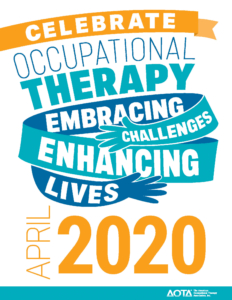HTS Partners with the Hoosier Brewing Company
Healthcare Therapy Services, Inc. (HTS) has partnered with the Hoosier Brewing Company, a Greenwood, Indiana based craft beer producer and distributor to provide much needed hand sanitizer to skilled nursing facilities statewide. “As the economy is reopening, we have to remain diligent in our efforts to continue to protect our residents and teams. Since hand sanitizer still remains in short supply for some buildings, we wanted to do our part to support our partners across Indiana.” Steve Chatham, HTS President.
Late-March, Hoosier Brewing Company switched their production from brewing craft beer to mix ethanol, glycerol and hydrogen peroxide into 80% alcohol hand sanitizer. They manufactured the sanitizer based on the TTB, the governing agency over the distillery and from guidelines from FDA and World Health Organization (WHO).

Healthcare Therapy Services, Inc. purchased the hand sanitizer and received additional donated gallons from the Hoosier Brewing Company. “They have been a great partner. Hoosier Brewing Company has already donated hundreds of gallons to first responders and senior living communities. It just made sense for us to work together to continue this effort since we serve so many homes throughout the state.” Amanda Green, HTS Executive Director of Strategic Development.
HTS has delivered so far, over 90 gallons of hand sanitizer from both Hoosier Brewing Company and Jim Beam to skilled nursing communities throughout Indiana.
If you need hand sanitizer or want information on requests for donating to your community, contact Hoosier Brewing Company at info@servehoosiers.com or call Dylan Shaffer, Customer Service Manager at 317-215-4753.
To find out more information about HTS, contact Amanda Green at amanda@htstherapy.com | 317-523-7358




